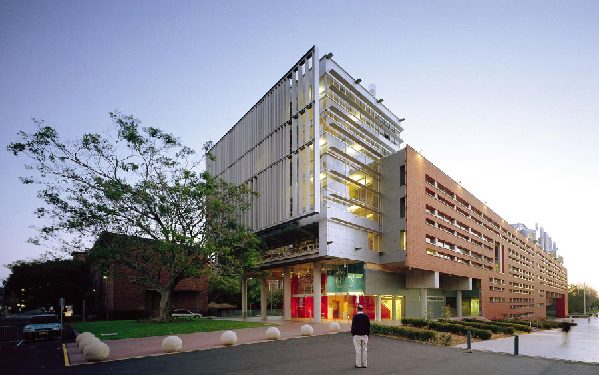Building on the past and designing the future
- By Eugene Clark
 0 Comment(s)
0 Comment(s) Print
Print E-mail China.org.cn, July 23, 2015
E-mail China.org.cn, July 23, 2015
|
|
|
Great design plays an important role in preserving the past, innovating in the present and building a better life for the future. |
A week ago I visited colleagues at Australia's newest law school, the Sydney City School of Law, a program offered by the TOP Institute, ably led by Dr Minshen Zhu.
The school and TOP are located in Australia's Technology Park (ATP) which in the past was the site of the Eveleigh Locomotive Workshops. The ATP was conceived by a consortium of Sydney universities in 1995. The Technology Park today is the site of over 100 businesses, mostly technology multi-media and communication related businesses, and Australia's National Innovation Center. The ATP is now one of Australia's most unique venues for conferences and exhibitions. The site is an excellent example of Sydney turning what could have been an eyesore from a bygone century into a special place that celebrates past, present and future innovation over three centuries.
From the revitalizing of Greenwich Village in New York, the Soho area in London or the ATP in Sydney, this trend to find new uses for old spaces is to be highly commended. China, too, since at least the 1970s, has been proactive in designing "creative spaces" as cities seek to grow and maintain their "creative classes" to use a term made famous by economist Richard Florida in his 2002 book, "The Rise of the Creative Class: And how it's transforming work, leisure, community and everyday life."
In China, this focus on designing new uses for old spaces received an impetus when some state-owned-enterprises could not keep up with private competition and old factory areas were converted, for example into art districts such as the now famous Beijing 798 District, M50 and Xintiandi in Shanghai and the OCT Loft area located in Shenzhen's Overseas Chinese Town. Indeed, today creative spaces are now found in almost every major Chinese city.







Go to Forum >>0 Comment(s)